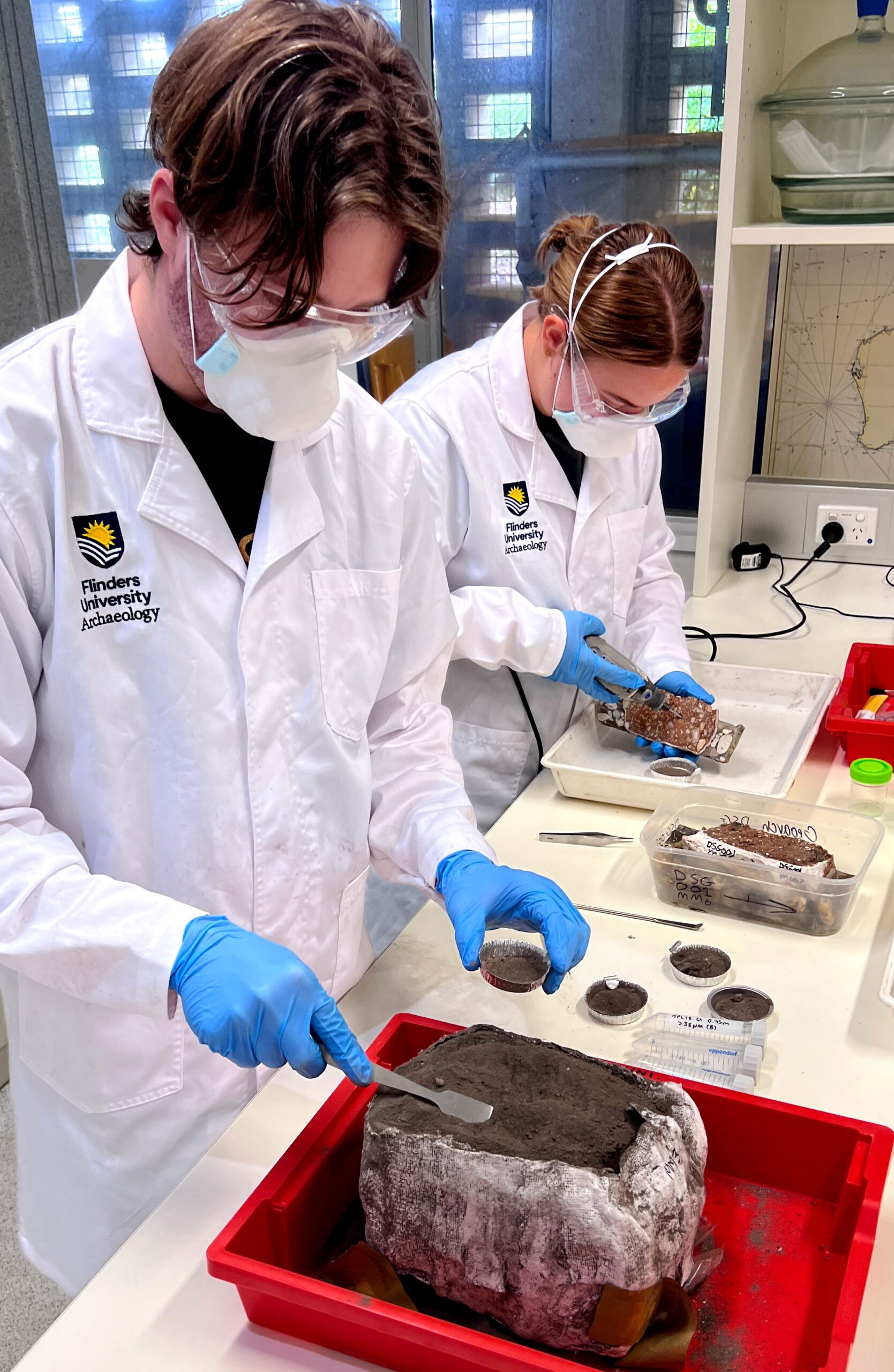A coalition of global experts is urging scientists to employ cutting-edge archaeological methods for credible and robust insights into human evolution amid recent controversy over Homo naledi’s burial practices in South Africa’s Rising Star Cave.
The call to action stems from assertions made in June, suggesting that Homo naledi, a small-brained human species, interred their dead in Rising Star Cave approximately 335,000 to 241,000 years ago.
The claims further proposed that engravings adorned the cave walls, coinciding with a Netflix documentary titled Unknown: Cave of Bones.

Published in the journal Nature Ecology and Evolution, a scientific commentary led by Associate Professor Mike Morley at Flinders University strongly advocates for the use of contemporary scientific techniques to substantiate claims related to Homo naledi.
“Many scientists, including the authors of our commentary today, remain unconvinced by the evidence provided in three papers published online prior to peer review,” stated Associate Professor Mike Morley, the Director of the Flinders Microarchaeology Laboratory.
The experts highlight a range of state-of-the-art techniques applicable to studying various forms of evidence for human evolution, including fossils, artifacts, and sediments.
These techniques prove crucial when scrutinising features such as the supposed burials at Rising Star Cave.
Co-author Dr. Ania Kotarba from the University of Adelaide emphasised that routine use of these techniques can generate supporting data, mitigating potential controversies and enhancing public confidence in such claims.
Dr. Kotarba said, “Proper scientific analysis holds immense potential to rewrite what we know about the evolution of our closest ancestors, considering that significant discoveries are typically small and scarce, ranging from teeth to DNA strands found in caves.”
The experts highlight micromorphology as a key scientific technique gaining traction in the field. This involves microscopic analysis of sediment surrounding fossils or archaeological sites, allowing researchers to piece together microscopic clues and reconstruct past environments at the site and in the local surroundings.

